…..
In Thai society, especially in rural communities, alcohol consumption is not merely about intoxication. It is interwoven with cultural traditions, ceremonies, and celebrations that have long bonded communities together. One of the most important raw materials in traditional Thai spirits is rice—a staple crop and the primary source of energy in Thai diets. Beyond being food, rice can be transformed into a variety of alcoholic beverages, revealing a new perspective on this humble grain.
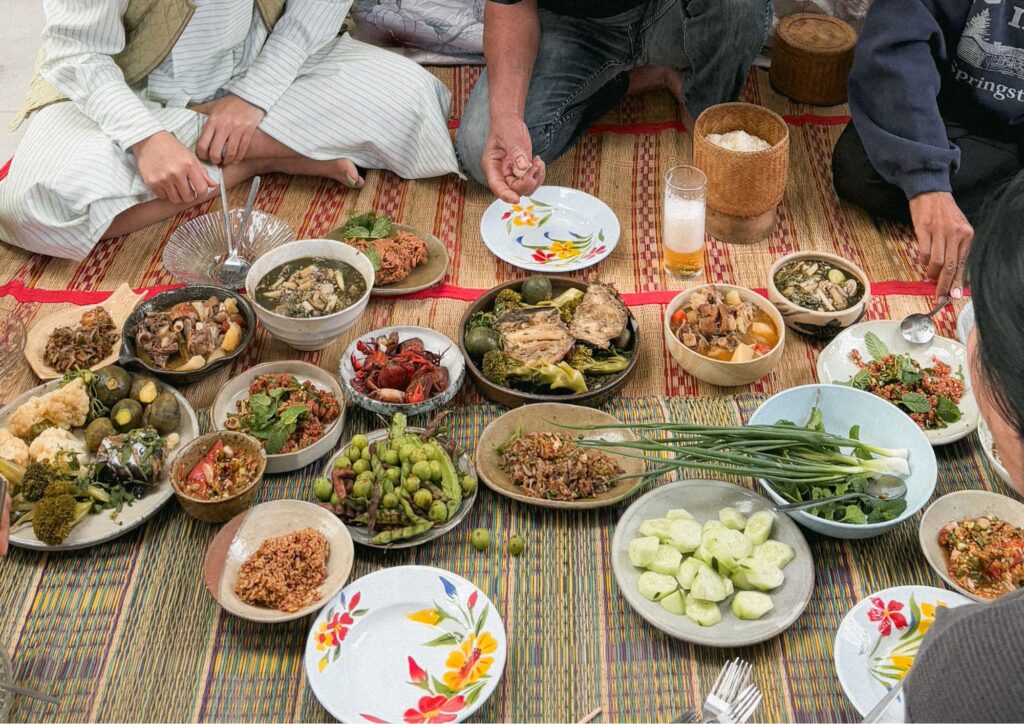
Thailand is home to a rich diversity of rice varieties, particularly glutinous rice native to the northeastern (Isaan) and northern regions. These types of rice are high in starch and sugar, making them ideal for fermentation into beverages such as sato or lao u (clay pot rice wine). Additionally, parts of the rice plant—such as straw, rice bran, and husks—are also creatively utilized in brewing beer or distilling spirits. This variety demonstrates the depth of local wisdom in using resources efficiently and imaginatively.
Rice is a part of everyday life in Thailand, and the country produces a massive amount each year. Yet rice prices remain low, severely impacting the livelihoods of rice farmers—who make up a large portion of Thailand’s agricultural sector. What if we could add value to rice at its source, turning it into alcoholic beverages for export? This could open new economic opportunities and honor the dedication of farmers by transforming their harvest into premium, high-value products.
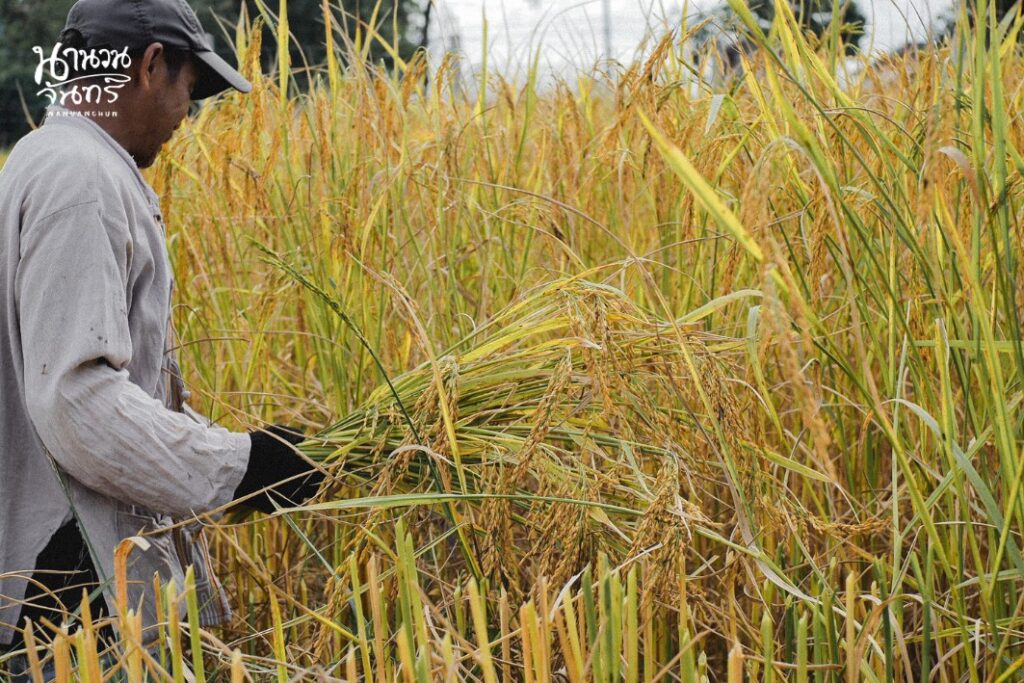
What Types of Thai Spirits Are Made from Rice?
1. Sato (Fermented Rice Wine)
Sato is a traditional rice wine popular in northern and northeastern Thailand. It is a slightly cloudy beverage with a sweet and mildly sour flavor—somewhat similar to Japanese sake or Korean makgeolli. Typically made from steamed glutinous rice, sato is fermented using starter balls (luk pang) that contain natural molds and yeasts. These microorganisms convert starches into sugars and then into alcohol, resulting in a drink with an alcohol content of around 5–12%. Sato can be enjoyed fresh or pasteurized.
Examples of sato products:
-
-
NanuanChun: A fresh sato made from organic native rice using traditional fermentation, but refined for a modern palate.
-
Zatom Sato (Surin): Offers both clear and cloudy versions made from organic rice.
-
Eighty20 Sato (Chiang Mai): A brand targeting the younger generation, presenting sato in a style reminiscent of craft beer.
-
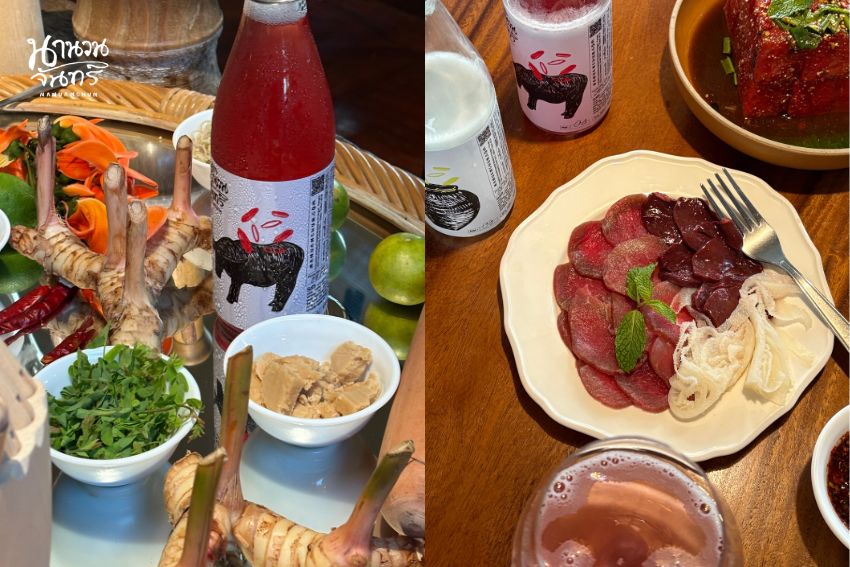
2. Lao U (Clay Pot Rice Wine)
Lao u, also called lao hai, originates from the Phu Thai ethnic group in the upper Isaan region. It is made using glutinous rice, rice husk, rice bran, and yeast. The rice is steamed with husks, cooled, mixed with fermentation starters, and sealed in large clay jars for 15 days. Once fermented, water is added, and the drink can be enjoyed immediately—either straight, mixed with soda, or combined with beer. Traditionally, it is consumed through a pierced bamboo straw that filters out rice solids.
Today, lao u has been developed into a community product with smaller clay jars, sold as local souvenirs across northeastern provinces.
Examples of lao u products:
-
-
Bak Han Noi Lao U: A 5-star OTOP (One Tambon One Product) from Renunakhon, Nakhon Phanom.
-
Mae Thong Yam Lao U: Also from Renunakhon, Nakhon Phanom.
-
Ai Kham Lao U: A specialty from Sakon Nakhon Province.
-
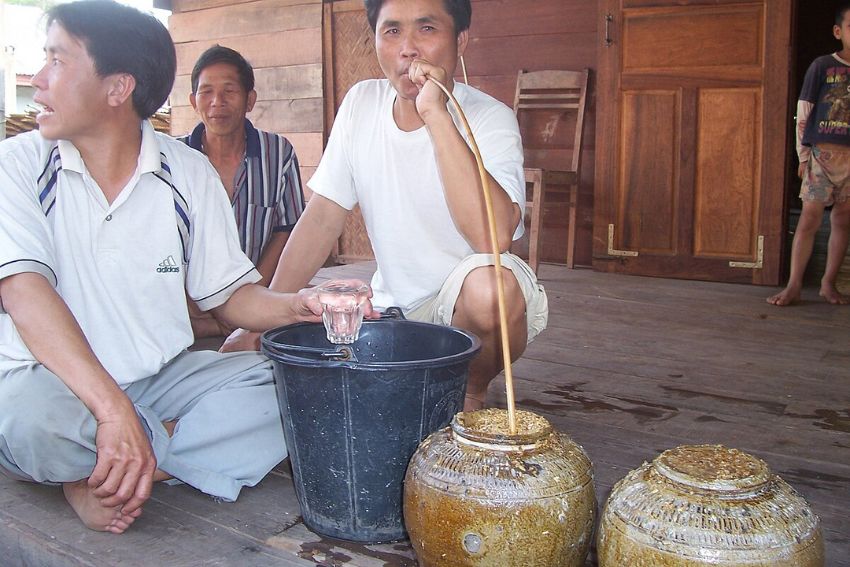
** Credit this picture from : wiki/เหล้าลาว
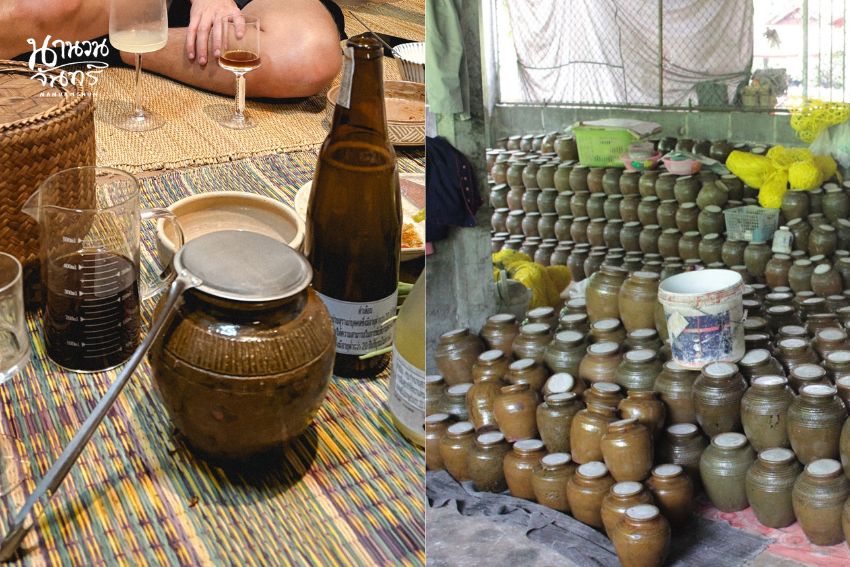
3. Distilled Rice Spirits
These spirits are typically high-proof (35%+ ABV), obtained by distilling fermented sato or lao u to concentrate the alcohol. Such spirits are often used in traditional rituals, infused with herbs for medicinal purposes, or flavored with fruits for enhanced aroma and taste. They can also be enjoyed straight or mixed into cocktails for a modern experience.
Examples of distilled rice spirits:
-
-
Koon Liquor: A distilled spirit made from organic glutinous rice in Khon Kaen. Produced traditionally by Phor Sawat Uphoad in Nam Phong District.
-
Sonklin (Tuberose): Distilled from the aromatic glutinous rice variety “Khao Kiew Ngou.” Produced by a craft distillery in Chiang Mai.
-
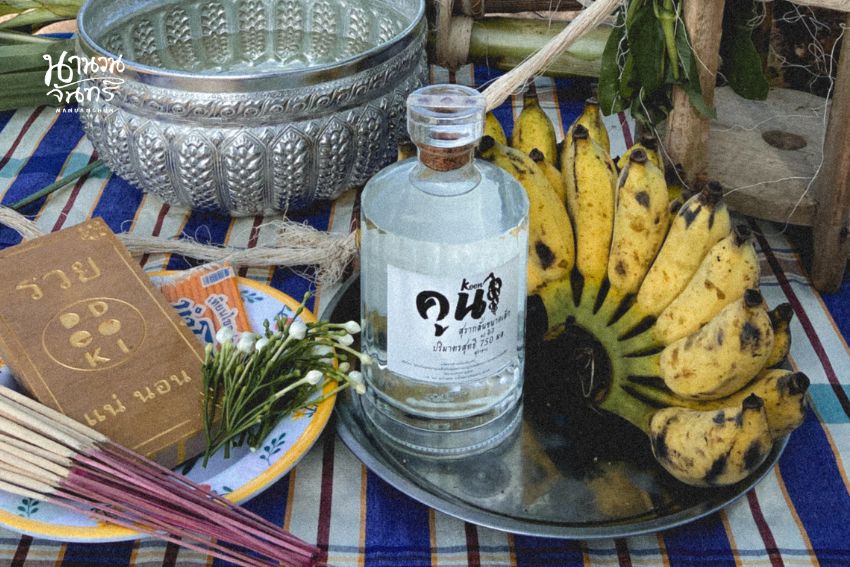
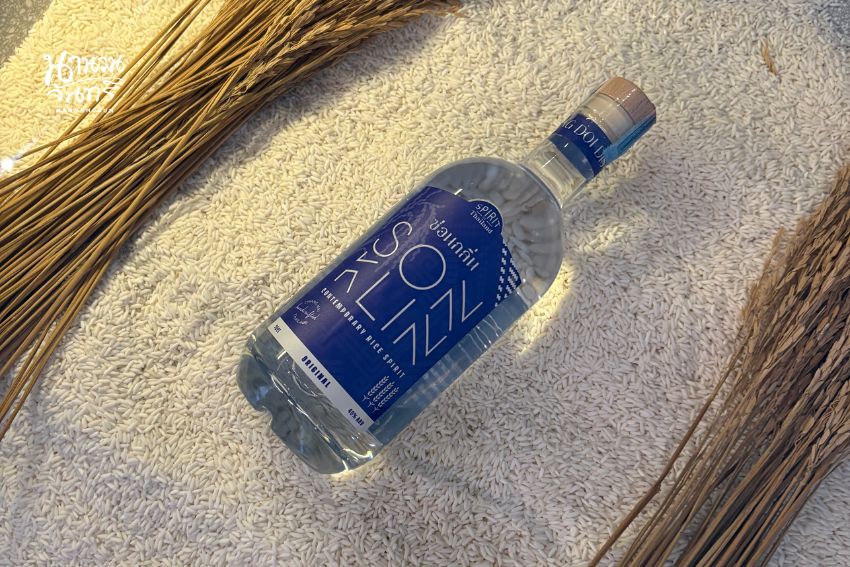
4. Beer Made from Thai Rice
While most beers are made from barley, some Thai brewers are now experimenting with using rice as a base—including brown rice, glutinous rice, and even rice bran or straw. These ingredients impart a milder flavor profile and offer a unique take on craft beer that reflects local character.
Examples of rice-based beers:
-
-
Lamzing Brewery: Uses Thai brown rice, jasmine rice, and riceberry in various experimental brews.
-
Outlaw Brewing (Chiang Mai): Some recipes feature native rice varieties.
-
Rice: More Than Just a Staple Food
Rice is not just a staple of the Thai diet—it is a cultural foundation for traditional drinking practices. Whether in the form of fermented wine, strong distilled spirits, or experimental craft beer, rice continues to be a symbol of local ingenuity and sustainable use of natural resources.
As interest in community-based alcohol production grows, turning rice into spirits is not only a way to increase the value of agricultural products—it also helps to revitalize rural economies, celebrate cultural diversity, and preserve generations of wisdom in a modern context

 ไทย
ไทย
